Icon of Saint Theodosius
€40,00 – €100,00Price range: €40,00 through €100,00 "without VAT"
Icon of Hosios Theodosios the polisher with handmade silkscreen print on a polished gold background in various dimensions. The icon is available in various sizes, making it suitable for different spaces and preferences.
Icon of Hosios Theodosios the polisher with handmade silkscreen print on a polished gold background in various dimensions.
The icon of Saint Theodosius the Κοινοβarch is a unique work of Byzantine iconography, made with handmade silk-screen printing and decorated with a polished gold background. Saint Theodosius was a great ascetic and founder of community monasticism, contributing to the spread of Orthodox spirituality.
In the icon, he is depicted with priestly serenity, holding a scroll with the phrase:
“The path is narrow, walk and the road is narrow”, recalling the spiritual path of the Christian through difficulties and trials.
Available in various dimensions
Technology: Silkscreened
Background: Handmade gold polished
Material: High quality holy wood
Product Features
✅ Authentic Byzantine style
✅ Polished gold background for a glamorous look
✅ High quality handmade silk screen printing
✅ Ideal for personal worship, monasteries & temples
Symbolism of Saint Theodosius
Hosios Theodosius the Κοινοβarch (†529 AD) is the patron saint of monastic life, as he founded the community monastic system in Palestine.
He taught obedience, humility and philadelphia, establishing monastic life in communal as opposed to solitary practice.
His image is considered a blessing for those seeking spiritual guidance and strengthening in their journey towards God.
Feast of 11 January
Hosios Theodosios was born in the village of Mogarissos in Cappadocia to very faithful and virtuous parents, Proeresios and Eloi. He lived during the reign of Emperor Leo the Great (457 – 474 AD) and lived up to the times of Emperor Anastasius of Dicorus (491 – 518 AD). He refused married life and became a monk at an early age. From a very early age he was distinguished for his abstinence and moral perfection.
After practicing with great ascetics such as Simeon the Stylite and the hermit Longinus, he retired to a remote retreat where he taught the word of God to passers-by. His reputation for holy living quickly became known throughout the empire and brought dozens of brethren to his retreat, forcing Theodosius to establish a spacious monastery where he faithfully applied the standards of ascetic life. He performed many miracles and, after teaching the virtues of the ascetic life to his hundreds of disciples, he died in old age in 529 AD.
The news of his death spread like lightning. And many people, laymen, clergy and monks, even bishops, ran to embrace the holy relic of the holy man, who was a hospitable father and protective brother to all. Even the Patriarch of Jerusalem came to embrace and attend the funeral Mass, and his emotion was great when he found himself before the holy tabernacle of the Saint. His congregation was held in the venerable Apostolate of St. Peter the Apostle, which was near Hagia Sophia.
Some of the miracles of the Saint are the following: The Saint had built a tomb for himself, so that by looking at it he would remember death. The tomb was inaugurated at his death by a holy ascetic named Basil. So this ascetic, while he was dying, was seen only by Theodosius and another monk, standing among the other monks and sympathizing. To the other monks Basil was unseen. Another miracle of the Saint is that in a place where he was about to found a monastery, he lit extinguished coals without having a fire. The Saint also foretold the destruction that would take place in Antioch
- 100% guaranteed transaction!
- 100% money back guarantee!
- Immediate delivery to the products we have in stock.
| Weight | N/A |
|---|---|
| Dimensions | N/A |
| Icon Decoration | with handmade serigraphy, with polished gold, with wood |
| Collection | Church supplies |
| Icon Type | Polisher, Serigraphy |
| Size | Big – LG, Medium – MD, Small – SM, Very small – XS |
| Material | Wooden |
| Name of Saint | Hosios Theodosius the Commune Master |
Only logged in customers who have purchased this product may leave a review.
You may also like…
Church supplies
Hierarchical Items
Church supplies
Related products
Church supplies
Church supplies
Church supplies
Church supplies
Church supplies
Church supplies
Church supplies
Church supplies




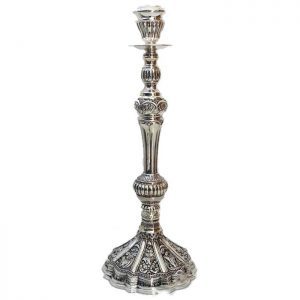
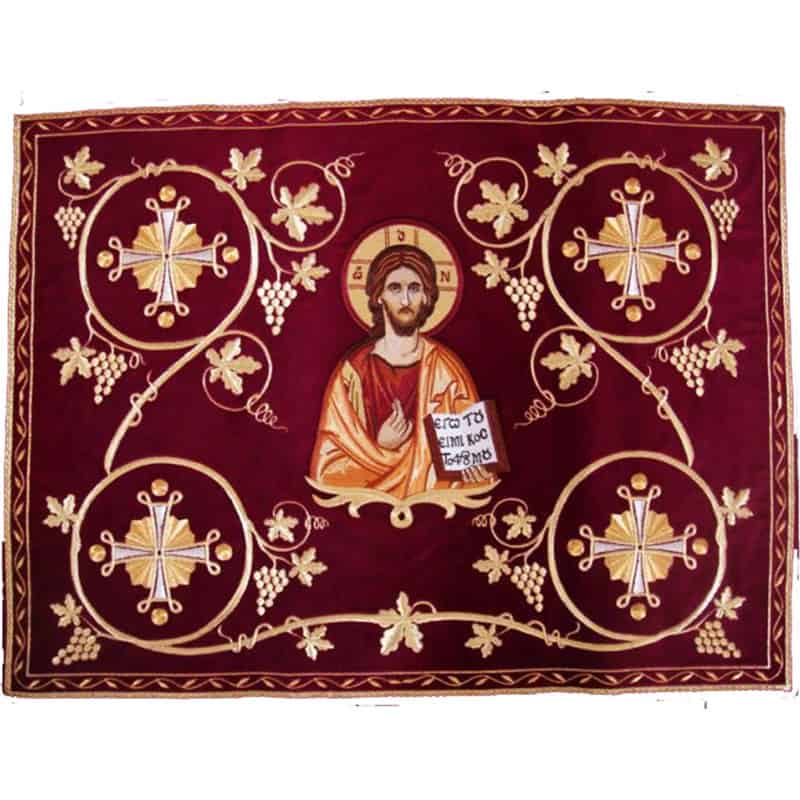
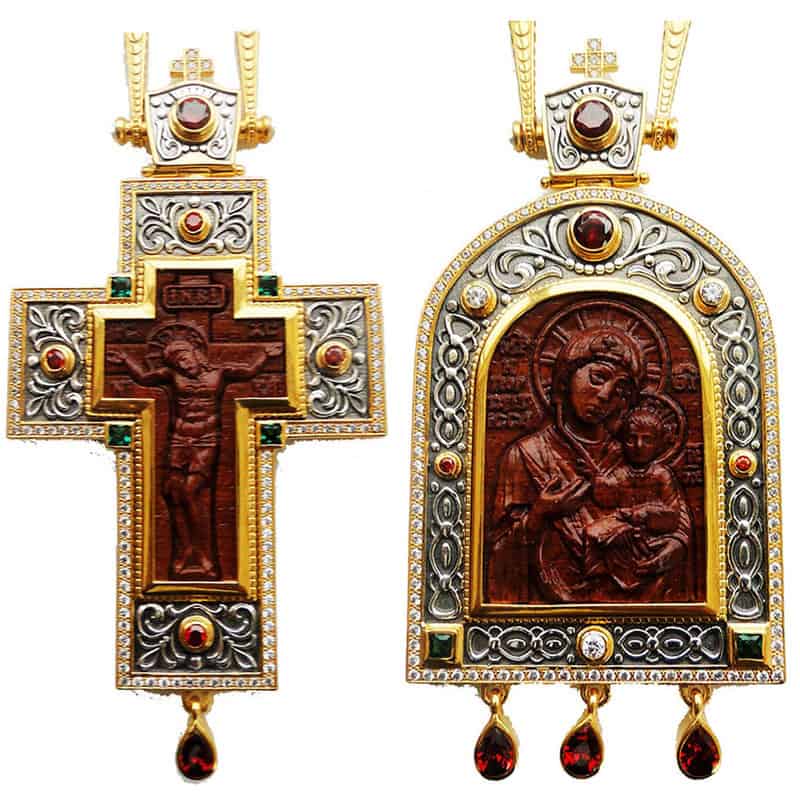


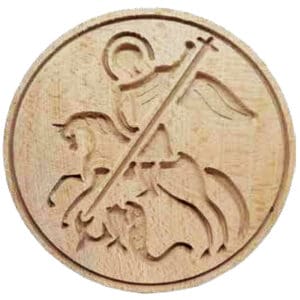
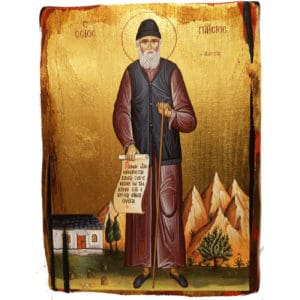
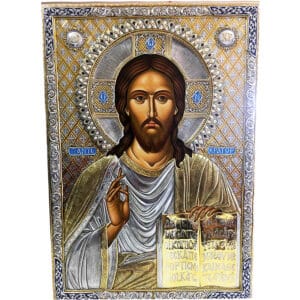
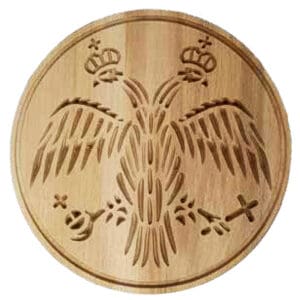
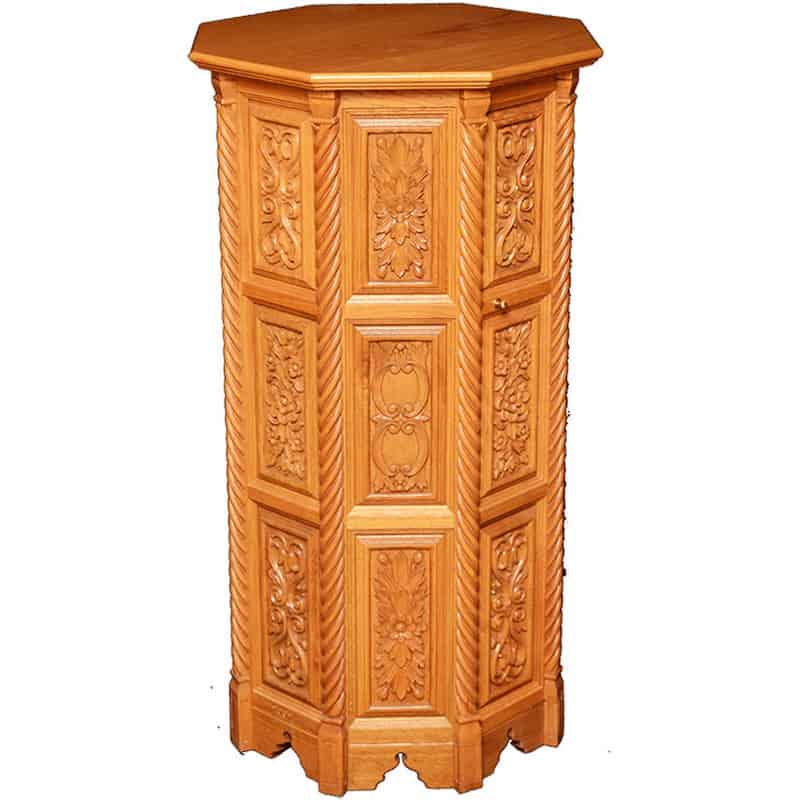
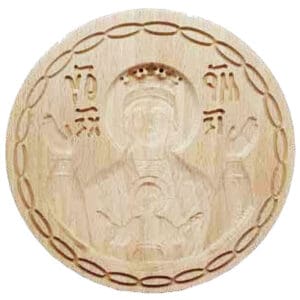


Reviews
There are no reviews yet.